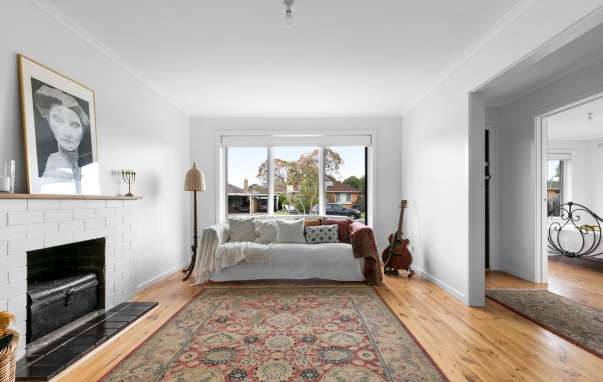When entering into a rental agreement, understanding the clauses outlined in the terms and conditions rental document is essential for both landlords and tenants. These clauses are the foundation of the agreement, setting clear expectations, rights, and responsibilities to avoid potential disputes. Whether you're managing a property or renting for the first time, having a clear grasp of these standard terms is critical. This agreement guide for private rentals will help you navigate the most common clauses included in rental contracts.
1. Names of the Parties Involved
Every rental agreement should begin by clearly identifying the landlord and the tenant(s). This section includes full legal names and contact details. It ensures the agreement is legally enforceable and leaves no room for ambiguity about who is responsible for meeting the contract's terms.
2. Property Description
A detailed description of the rental property is a must. It typically includes the full address, type of property (apartment, house, duplex), and, if applicable, any included facilities like parking spaces, storage, or gardens. This clause ensures the tenant knows exactly what they are renting and helps avoid misunderstandings.
3. Term of the Tenancy
This clause defines the duration of the rental agreement. It can be a fixed-term lease (usually 6 or 12 months) or a periodic lease (month-to-month). The start and end dates are crucial in this clause, as are any automatic renewal provisions if applicable.

4. Rent Payment Terms
One of the most critical clauses, this outlines:
- The monthly rent amount
- The due date
- The accepted payment methods
- Any applicable late fees and grace periods
Clear rent clauses protect both parties: landlords get timely payments, and tenants avoid unexpected penalties.
5. Bond or Security Deposit
Most rental agreements include a bond or security deposit clause. It states the amount required (often equivalent to four weeks' rent), how it will be held (usually in a state-managed bond system), and the conditions for its return. Tenants should ensure they receive a receipt and understand the terms under which deductions can be made.
6. Maintenance and Repairs
This clause details who is responsible for general maintenance, repairs, and emergency situations. Generally, the tenant is responsible for minor issues (e.g., changing light bulbs), while the landlord handles structural and major repairs. Timely communication of maintenance issues is often required to keep the agreement valid.
7. Use of Property
A “use of property” clause restricts the rental property's usage. It usually states:
- That the property is residential only
- The maximum number of occupants
- Whether subletting or having long-term guests is allowed
This protects the landlord from misuse and ensures the property meets legal occupancy limits.

8. Utilities and Other Costs
This section defines which utilities the tenant must pay (e.g., water, electricity, gas, internet). In some cases, the landlord might include these in the rent. Clarifying this upfront prevents surprises during tenancy and ensures both parties budget accordingly.
9. Entry and Inspection Rights
Landlords must give notice before entering the property for inspections or repairs, usually 24 to 48 hours. This clause outlines:
- The notice period
- Acceptable reasons for entry
- Frequency of inspections
It balances the landlord’s right to inspect the property and the tenant’s right to privacy.
10. Termination Conditions
This clause outlines how and when the agreement can be terminated by either party. It includes:
- Notice periods for ending a lease
- Early termination fees
- Conditions for eviction (e.g., unpaid rent, property damage, illegal activities)
Understanding this helps both parties exit the agreement legally and respectfully.
11. Special Conditions
Some rental agreements include special terms, such as:
- Pet policies
- Smoking restrictions
- Renovation permissions
These are tailored to specific properties or tenant needs and must be agreed upon by both parties in writing.
Final Thoughts
Understanding these common clauses in terms and conditions rental agreements is key to maintaining a smooth landlord-tenant relationship. Whether you're new to the rental market or managing several properties, using a structured and transparent agreement builds trust and accountability.
If you're preparing to lease your property privately, For Sale By Home Owner provides valuable tools and resources tailored to Australian landlords. Their agreement guide for private rentals simplifies the process of creating a legally sound and mutually beneficial rental agreement.
By taking time to understand each clause, both parties can protect their rights and avoid common pitfalls in the rental process. With guidance from For Sale By Home Owner, you can approach private rentals with confidence and clarity.
Join now or log in to leave a comment